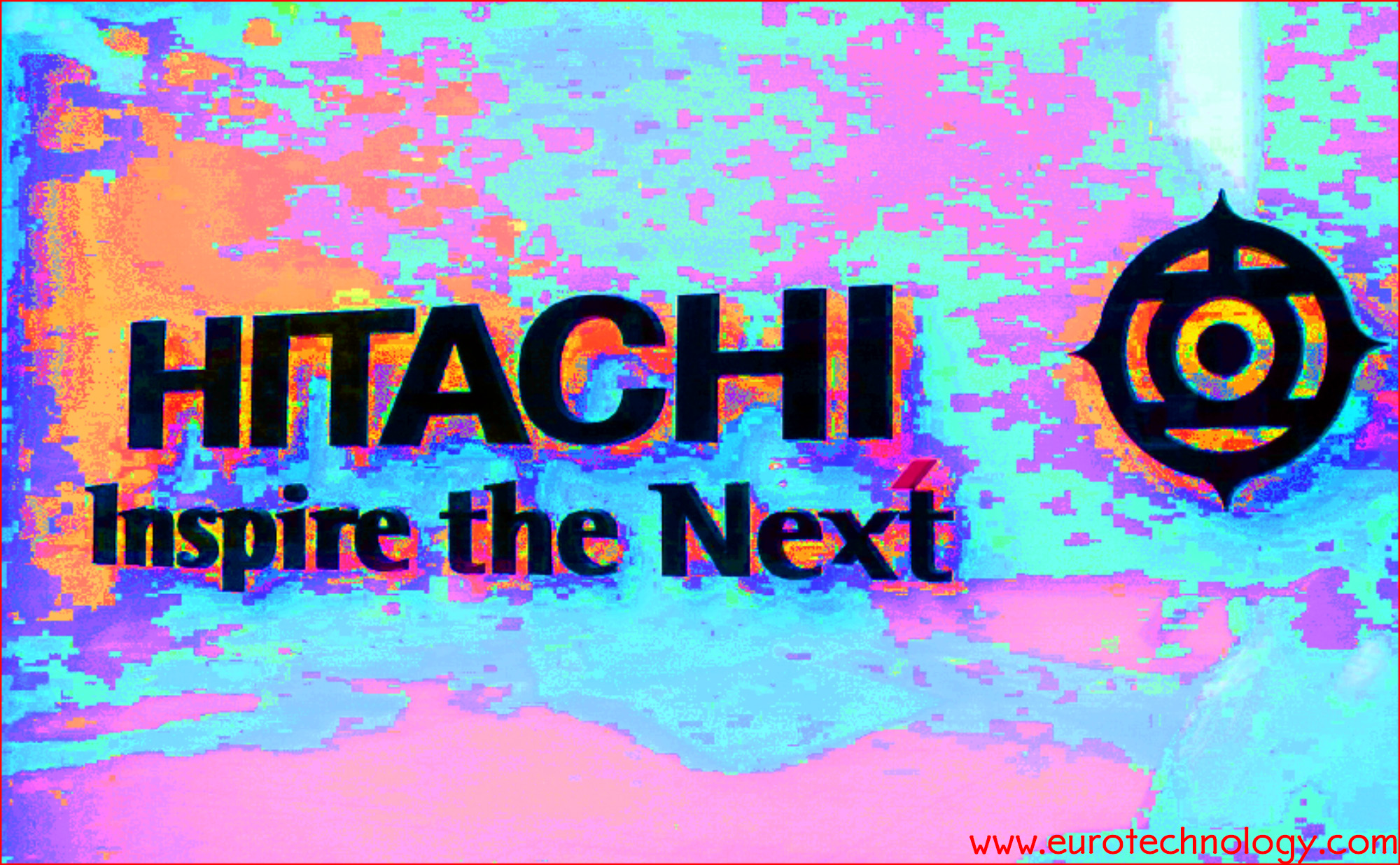Category: R&D
-

SoftBank acquires ARM Holdings plc driven by paradigm shift to Internet of Things (IoT)
On 18 July 2016 SoftBank announced to acquire ARM Holdings plc for £17 per share, corresponding to £24.0 billion (US$ 31.4 billion) by Gerhard Fasol SoftBank acquires ARM: acquisition completed on 5 September 2016, following 10 years of “unreciprocated love” for ARM On 18 July 2016 SoftBank announced a “Strategic Agreement”, that SoftBank plans to…
-

Hitachi Rail Europe Ltd opens £82 million train factory in Newton Aycliffe, County Durham, UK
Hitachi received orders for 866 Intercity Express Program (IEP) carriages and for 234 carriages for Abellio’s ScotRail program, following 174 “Javelin” carriages Hitachi Rail putting competitive pressure on Europe’s rail established rail manufacturers: Hitachi Rail has “on time delivery” at the top of the list of commitments to customers by Gerhard Fasol Winning a series…
-
Sosei Group acquires Cambridge/UK based Heptares Therapeutics Ltd for up to US$ 400 million
Sosei Group acquires candidate drugs to compensate for expected loss of patent protection for the Seebri inhaler in 2026 Heptares Therapeutics Ltd emerged from the MRC Laboratory of Molecular Biology at the University of Cambridge Sosei Group Corporation (そーせいグループ株式会社) is a Japanese pharmaceutical group which mainly in-licenses pharmaceutica in Europe and North America, then brings…
-

Hitachi “inspire the next” Europe opens Rail Research Centre (ERRC)
European Rail Research Centre (ERRC) to focus on rolling stock design, manufacturing, maintenance and traffic management systems by Gerhard Fasol ERCC will be part of Hitachi Europe’s Transportation Energy & Environment Research Laboratory Hitachi “inspire the next” announced on October 10, 2012 the opening of the new European Rail Research Centre (ERRC) in London, to…